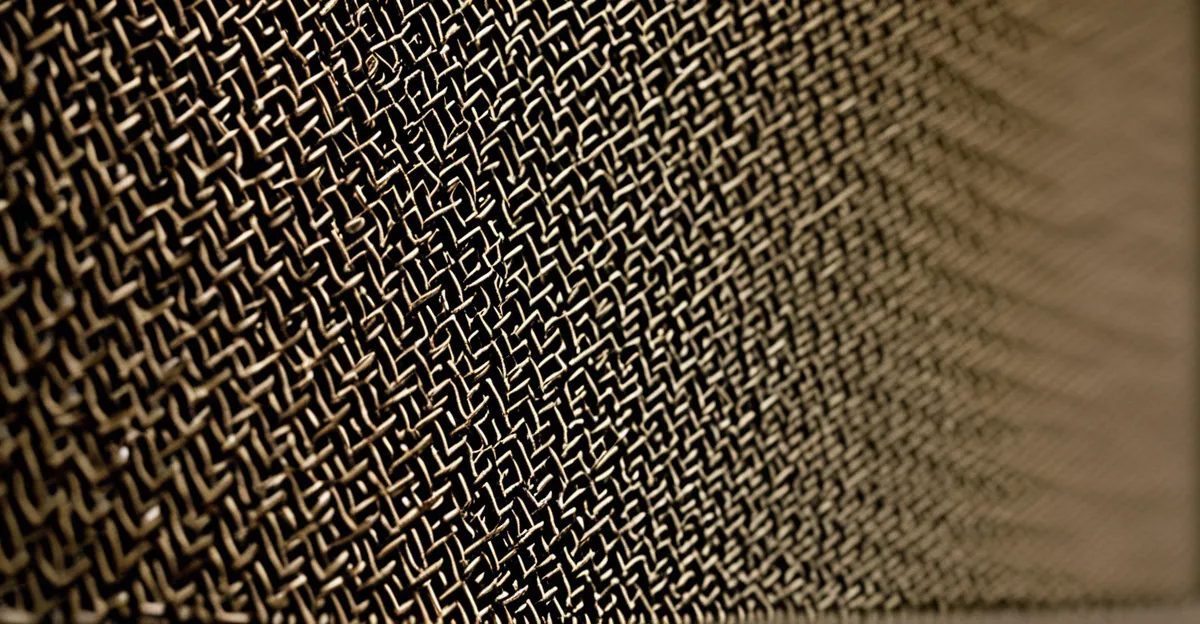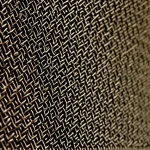Quick Start: Essential Soundproofing Tips for UK Homes
When seeking the best soundproofing techniques UK homeowners can apply immediately, practical soundproofing tips focus on simple, effective actions. Start by identifying the main noise sources—often windows, doors, or thin walls—and apply basic insulation. For instance, sealing gaps around windows and doors with weatherstripping or acoustic sealant can significantly reduce sound transfer. Thick curtains or heavy blinds also serve as budget-friendly sound buffers.
Tailored solutions matter because UK homes vary widely, from older terraced houses to modern flats. For example, older properties might benefit more from added plasterboard layers or acoustic membranes on walls, while flats often require ceiling or floor insulation to combat noise from neighbours. Effective soundproofing for homes improves comfort, enhances privacy, and dramatically cuts unwanted noise.
In parallel : How Can You Transform Your Home into a Cozy Sanctuary for Optimal Living?
Investing in quality door seals or using thick rugs on hard floors can make a noticeable difference without extensive renovations. These small steps form the foundation of soundproofing strategies, setting the stage for deeper, long-term improvements tailored to each property’s unique needs.
Understanding Soundproofing Materials and Methods
Discover what makes effective insulation.
Also read : How Can Small Adjustments Enhance Your Home Comfort in the UK?
Selecting the right soundproofing materials UK is crucial for achieving lasting noise reduction. Popular choices include acoustic insulation rolls, acoustic panels, and sealing products. Acoustic insulation rolls, often made from mineral wool or foam, are effective at blocking airborne noise and can be fitted within walls or ceilings. Acoustic panels absorb sound reflections, reducing echo within rooms. Sealing products like acoustic sealant close gaps where sound leaks, enhancing overall performance.
Are DIY soundproofing solutions effective? Yes, when you carefully match materials to the noise problem and installation area. Many DIY products are designed for easy fitting while still providing good sound dampening. However, professional-grade materials offer superior density and durability, essential for high-impact noise or large-scale projects.
It’s important to weigh your needs, budget, and skills before choosing between DIY and professional options. Combining materials correctly—such as insulation combined with seals—greatly improves results. This layered approach is a hallmark of effective soundproofing for homes across the UK, delivering tranquillity without excessive expense or disruption.
Quick Start: Essential Soundproofing Tips for UK Homes
Starting with practical soundproofing tips can transform your living space quickly. To immediately improve sound insulation, focus on sealing obvious gaps around windows and doors using weatherstripping or acoustic sealant. These measures reduce noise infiltration and work well across UK homes.
Tailoring solutions to your property type is vital. For example, older UK homes often benefit from added plasterboard layers or installing acoustic membranes on walls, which block sound transmission. Flats typically require attention to ceiling or floor sound insulation because noise often travels through shared structures. Applying thick rugs and sealing under-door gaps enhances effective soundproofing for homes in settings where major renovations aren’t possible.
The key benefits of applying these best soundproofing techniques UK are improved comfort, greater privacy, and significant noise reduction. By targeting common weak points with affordable materials, homeowners can enjoy quieter rooms without costly construction. These initial steps lay a strong foundation for deeper, customised soundproofing tailored to your unique home environment.
Quick Start: Essential Soundproofing Tips for UK Homes
Immediate action to enhance sound insulation focuses on sealing gaps around doors and windows using weatherstripping or acoustic sealant—proven best soundproofing techniques UK. These straightforward steps block common sound entry points, delivering swift, noticeable noise reduction. Applying thick rugs also dampens floor impact noise, complementing sealing efforts.
Tailored approaches matter because UK homes vary. Older houses benefit from extra plasterboard or acoustic membranes on walls, addressing thin wall noise transmission. Flats with shared ceilings need floor and ceiling soundproofing to reduce noise from neighbours above or below. This customization is crucial for effective soundproofing for homes and avoids wasted effort or expense.
The key benefits of adopting these practical soundproofing tips include enhanced comfort by lowering disruptive noise, increased privacy through superior sound isolation, and overall improved living quality. By prioritising common weak points with affordable, targeted interventions, homeowners can enjoy quieter spaces efficiently. These early improvements form a solid foundation for further bespoke soundproofing tailored to UK homes’ distinct characteristics.
Quick Start: Essential Soundproofing Tips for UK Homes
Small steps for big noise reduction.
To immediately improve sound insulation, focus on blocking common noise entry points using the best soundproofing techniques UK. Start by sealing gaps around doors and windows with weatherstripping or acoustic sealant—these act as simple yet powerful barriers against sound leakage. Thick rugs placed on hard floors not only warm spaces but serve as effective sound absorbers, reducing impact noise.
Tailoring solutions to your property type ensures effective soundproofing for homes across the UK. Older houses benefit greatly from added plasterboard layers or acoustic membranes on walls, which tackle noise passing through thin wall structures. Flats often require floor or ceiling insulation to combat sound travelling through shared floors or ceilings. Understanding your home’s unique structure guides the choice of practical soundproofing tips, maximising results without unnecessary expense.
Adopting these focused interventions enhances comfort dramatically by reducing disruptive noise, boosts privacy with better sound isolation, and enriches quality of life. Prioritising budget-friendly, targeted upgrades like sealing and layering insulation helps homeowners quickly achieve quieter, more peaceful environments tailored to their home’s specific challenges.
Quick Start: Essential Soundproofing Tips for UK Homes
To achieve effective soundproofing for homes quickly, start by addressing the most common sound entry points with practical soundproofing tips. Sealing gaps around doors and windows using weatherstripping or acoustic sealant is among the best soundproofing techniques UK homeowners can apply immediately. These simple actions prevent sound leakage from external sources and dramatically reduce noise infiltration.
Tailoring your approach is essential. Different UK property types require customised fixes for optimal results. For example, older homes often experience sound transmission through thin walls, so adding layers like plasterboard or acoustic membranes directly targets these weak spots. Flats commonly face noise through ceilings or floors shared between neighbours; here, floor sound insulation and ceiling upgrades help manage airborne and impact noise.
These early steps provide key benefits: enhanced comfort by lowering noise disturbances, improved privacy through better sound isolation, and an upgrade in overall home quality. Applying affordable, targeted materials ensures measurable noise reduction without complex renovations. By prioritising these best soundproofing techniques UK, homeowners lay the groundwork for more extensive soundproofing tailored specifically to their living environments.
Quick Start: Essential Soundproofing Tips for UK Homes
Immediate action is key to achieving effective soundproofing for homes in the UK. The first and most impactful step is sealing gaps around doors and windows using weatherstripping or acoustic sealant. These best soundproofing techniques UK prevent sound leaks that are common in many homes. Thick rugs or carpets on hard floors reduce impact noise and complement sealing efforts effectively.
Tailoring your approach to fit your property’s construction is vital. For example, older houses with thin walls benefit from adding plasterboard or acoustic membranes to block noise transmission directly through these weak spots. Flats require soundproofing floors and ceilings to tackle noise from neighbours above or below. This targeted approach ensures your home’s specific issues are addressed with practical soundproofing tips that deliver measurable improvements.
The benefits of implementing these strategies include enhanced comfort by reducing intrusive noise, increased privacy due to better isolation, and an overall improved living environment. Prioritising affordable and focused interventions helps homeowners quickly achieve quieter, more peaceful spaces without major renovations. These foundational steps build towards comprehensive soundproofing tailored for UK homes.







